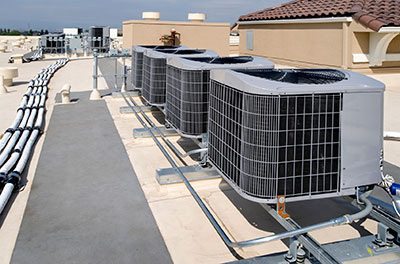 One of the hallmarks of federal energy efficiency policy over the last few years is a new drive to encourage private sector investment in low-emission technology. One part of this multi-pronged strategy is to reclassify some common refrigerants to unacceptable beginning January 1, 2021. The refrigerants in question are those believed to contribute significantly to global warming.
One of the hallmarks of federal energy efficiency policy over the last few years is a new drive to encourage private sector investment in low-emission technology. One part of this multi-pronged strategy is to reclassify some common refrigerants to unacceptable beginning January 1, 2021. The refrigerants in question are those believed to contribute significantly to global warming.
The 2021 date will mark the deadline for eliminating these refrigerants from all new retail food refrigeration devices, refrigerated food processing equipment, and refrigerated dispensing equipment. Later, on January 1, 2023, the “unacceptable” refrigerants must be eliminated from new cold storage warehouses. That could represent a significant change for the food industry!
Sounds like a lot of work, but what does it all have to do with your commercial HVAC system?
Draft rules under consideration by the EPA also ban unacceptable refrigerants from a wide range of other equipment, including ASHRAE 34 Class 3 refrigerants in light commercial heat pumps and air conditioning units. Unitary split air conditioning and heat pump systems are also affected, and propylene will no longer be allowed in new light commercial heating and cooling devices.
Needless to say, this aspect of the policy could impact many large commercial structures all throughout New York City. Although there’s still time to spare, building managers should be aware of potential changes – luckily, the EPA also provides valuable resources to help decision-makers get informed. One of the most useful of these is the EPA’s SNAP program.
To Make Sure Your Building is Compliant, Just Look at SNAP
SNAP, for Significant New Alternatives Policy, is an EPA guideline that gives you the facts about environmentally sound alternatives to banned refrigerants and other potentially hazardous chemicals. Its ultimate goal is to inform decision-makers about effective substitutes for all ozone-depleting chemicals. This will make the planned phase-out of those chemicals faster and more efficient.
SNAP recommendations are made according to the following criteria:
- Evaluate substitutes based on their use and comparative risk.
- Don’t require substitutes to be 100% risk-free to be acceptable.
- Restrict only the substitutes considered significantly worse.
- Provide timely information to those affected by regulation.
- Do not endorse products by specific manufacturers.
- When warranted, defer to other relevant regulations.
Although it’s important to stay abreast of the latest regulatory changes, most of the work in this case will likely be done by manufacturers – new equipment will have to comply with the latest guidelines, and most older equipment will likely be grandfathered in. However, facilities teams should be prepared for the possibility that limited retrofitting will be necessary.
To get the information you need about non-compliant refrigerants and their alternatives, visit the EPA SNAP website. You can see the latest here: https://www.epa.gov/snap.